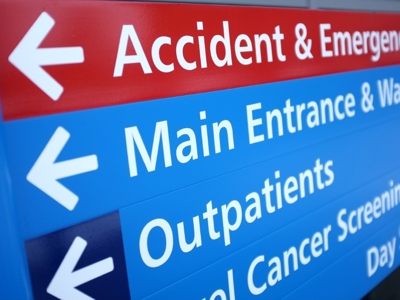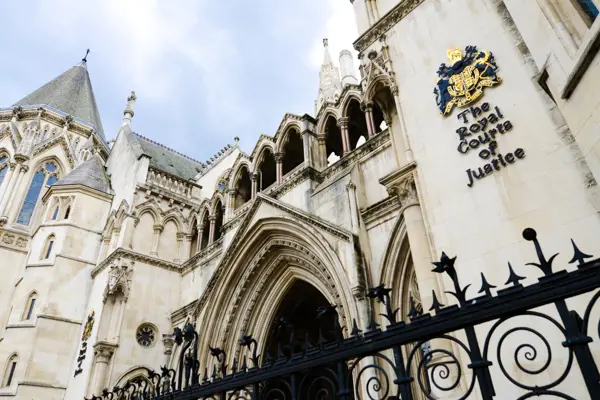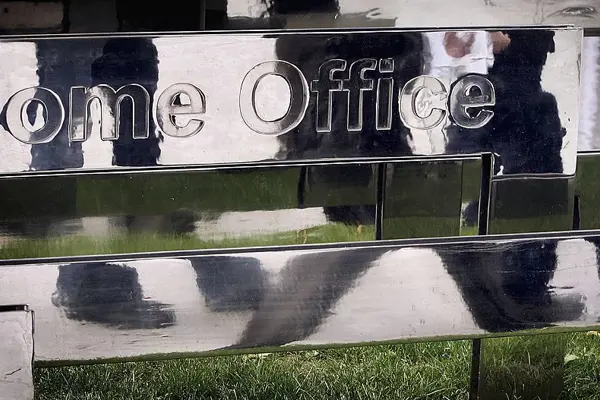
Six-figure settlement awarded after woman is left with long-term traumatic injuries following a ruptured uterus
A woman has settled a claim against the Princess Alexandra Hospital NHS Trust and Barts Health NHS Trust for the poor standard of care and treatment she received following the rupture of her uterus.
Posted on 27 February 2024
The woman, whom we have called Rachel, was due to give birth at Croydon University Hospital, but went into premature labour while staying with a friend in a different area.
She was admitted to the Princess Alexandra Hospital where she was taken to theatre for an emergency caesarean section because of concerns over reduced foetal movements. Unfortunately, on arrival in theatre foetal demise was confirmed, and Rachel was sent back to the labour ward to deliver her stillborn baby vaginally.
Rachel had delivered her first child via caesarean section and the medical staff should have considered the possibility that the caesarean scar could rupture during a subsequent attempt at vaginal delivery.
The consultant obstetrician had left specific instructions for her to be examined four hours after an artificial rupture of membranes (or “ARM”) had been performed to accelerate labour. When the consultant obstetrician rang just after 11pm that evening, she was wrongly reassured that everything was progressing normally. In fact, Rachel had begun to display some signs of uterine rupture: blood-stained liquor was draining and, importantly, she was in a lot of pain that was not easing up between contractions.
Eventually the contractions stopped altogether but the constant pain remained; Rachel’s blood pressure began to drop, and blood was seen trickling from her vagina. A decision was made to transfer her back to the theatre for a caesarean section and exploratory surgery to find the source of her bleeding. During surgery, it was found that the uterus had ruptured but the source of the bleeding could not be found. In an increasingly desperate attempt to locate the source of the bleeding, Rachel’s right ureter was clamped and over-stitched.
Rachel required the urgent intervention of a vascular surgeon and an interventional radiology team, but there were none on site so Rachel was transferred to the Royal London Hospital in the early hours of the morning, with the bleeding temporarily controlled using abdominal and vaginal packs.
Rachel’s condition deteriorated dangerously during the transfer, and she required resuscitation on arrival at the Royal London Hospital and bilateral embolization of both the internal iliac arteries. She was metabolically acidotic with a high lactate and was admitted to the Intensive Care Unit.
While in ICU, an ultrasound was undertaken which showed right sided hydronephrosis secondary to possible ligation of the right ureter. Because of this, Rachel was returned to theatre later that day to undergo a total abdominal hysterectomy and a series of stenting procedures to both ureters, repeated to the right ureter.
When the vaginal packs were removed, the findings showed a five-centimetre defect in the vaginal posterior fornix and upper part of the right vagina. The right fallopian tube and ovary had already been removed during the attempts to stop the bleeding at the Princess Alexandra and the operation note recorded: “right ureter engulfed in multiple stiches and partial transaction in two places.”
Rachel’s husband was able to hold their stillborn baby and say goodbye, but Rachel didn’t have this opportunity because she was fighting for her own life in Intensive Care in another hospital.
Rachel now has suboptimal renal function due to the iatrogenic damage to her ureter. She is terrified by the prospect of having further surgery and, as a result, requires six-monthly stent changes and experiences frequent kidney infections. It is likely that she will lose her right kidney altogether.
As a result of all she has been through and the traumatic injuries she has sustained, Rachel now suffers from extreme fatigue and depression.
At first unable to bring herself to even consider looking into a potential claim because she felt lucky to be alive, Rachel instructed Sarah Campbell, a Consultant Solicitor in Leigh Day’s Clinical Negligence Department, to investigate this complex claim for her and successfully negotiate a six-figure settlement with both hospital Trusts.
Sarah Campbell said:
“Before her surgery, Rachel was an enthusiastic volunteer classroom assistant with aspirations to qualify as a teacher. It is hoped that the settlement will allow her to access the therapies and support she needs to rebuild her life, and with that extra help, perhaps, to return to teaching one day.
Sarah and her team worked with Adrian Hopkins KC of Serjeants’ Inn Chambers to achieve this settlement.

Man died following total knee replacement revision surgery
A woman whose husband died aged 71 following revision knee replacement surgery has settled her claim against an NHS Hospitals Trust for £150,000.

Royal Sussex County Hospital implements changes to staffing levels and communication after death of Heather Milton, an inquest has heard
The inquest into the death of Heather Milton, who died at Royal Sussex County Hospital, has found that she died as a result of a cardiac arrest following an uncommon cause of acute abdominal pain known as rectus sheath hematoma.

